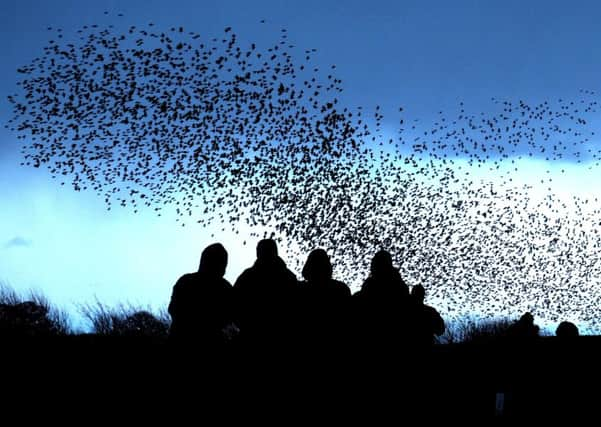Signs of bird life recovery across historically over-farmed land


Analysis by wildlife experts shows farming has moved on from the damaging policies of successive governments in the 1970s and 1980s which, according to the authors of a new study, has seen a combination of intensive farming and climate change have a “devastating” impact on animals and plants.
Those two factors are the main driving force behind changes that have seen farmland lose half its birds and a third of its butterflies, according to research into 400 UK species co-led by Dr Mark Eaton, of the Royal Society for the Protection of Birds.
Advertisement
Hide AdAdvertisement
Hide AdDr Eaton said: “Farmland covers so much of our country, up to three quarters of the UK.
“Changes to farming practices in 1970s and 80s have squeezed wildlife out of the countryside - things like increasing use of fertilisers and pesticides, and the loss of hedgerows.
“In recent years that trend has slowed and the situation now looks more positive, though there’s still a long way to go. Farmers have the ability to start encouraging wildlife with support from policy makers.”
And farmers are making progress to support farmland birds, suggest the findings of the Game & Wildlife Conservation Trust’s (GWCT) annual Big Farmland Bird Count.
Advertisement
Hide AdAdvertisement
Hide AdIts results, published today, show nearly 1,000 farmers, gamekeepers and land managers spent half an hour in February counting birds on their land, recording 130 different species - the best results since it began in 2014.
In Yorkshire, almost 70 people took part covering more than 20,000 hectares between them. In total, they recorded nearly 100 different species. Starlings, lapwings and fieldfares were among the most abundant seen in the region, joining 20 other species spotted from the Red List for Birds of Conservation Concern.
Graham Hartwell, environmental stewardship manager of count sponsors, chemical company BASF, said: “The 2016 results have yet again demonstrated the progress being made by farmers to create and maintain farm habitats to encourage farmland birds.
“That even more farmers attended bird identification training days and recorded their observations on their farms gives great encouragement to all farmers to join in and show how they have improved stewardship of the farmed environment on their commercial farms.”
Advertisement
Hide AdAdvertisement
Hide AdJim Egan, the GWCT’s head of development and training, added: “It is really exciting to see so many people taking part in the count this year. Despite the horrible weather at the start of the count week, we’ve nearly doubled the total number of participants since the first year, and many of those who took part in the first year have continued to submit their results every time. It really does show that farmers have a long-term commitment to conservation management.”
Dr Eaton said that supporting farmland bird life is a win-win.
“There’s a growing body of evidence that listening to bird song or seeing butterflies benefits our mental health,” he said.
“Preserving the countryside also encourages people to be more active, and helps the tourist industry.”